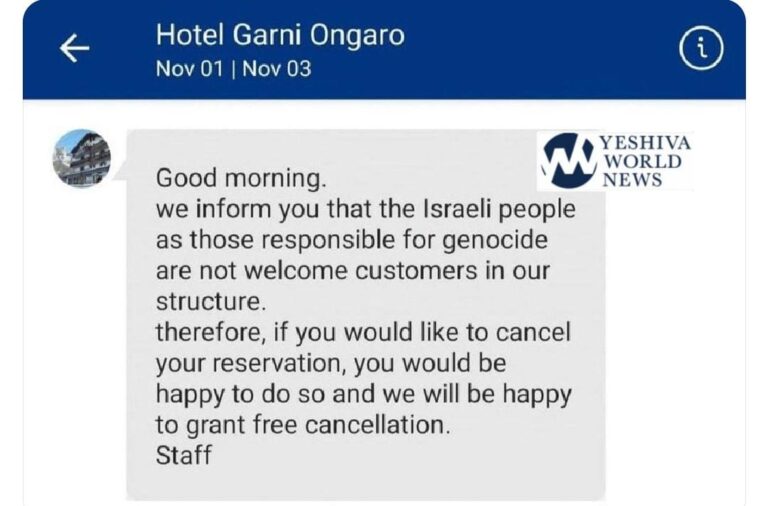 Whether you love it or hate it or are just plain confused by it, you’ve got to give the health care law this much: There’s plenty of drama.
Whether you love it or hate it or are just plain confused by it, you’ve got to give the health care law this much: There’s plenty of drama.
The nail biting goes on. As the clock ticks toward the Jan. 1 start of insurance coverage under President Barack Obama’s big, bold and bedraggled creation, there are inklings it might get a second wind.
But that could turn out to be just hot air.
Time will tell, soon, as policies take effect in new health insurance markets that have been enrolling customers — or trying — for nearly three months.
A look at the law’s broad strokes, its brush with disaster and the roots of a possible rebound:
___
THE GOOD
No more denying people coverage when they’ve been sick. No more stratospheric premiums for the previously or currently ill, either. No more cutting off insurance payments because someone has used up a year’s worth of benefits. For all the headaches signing up, questionnaires are also notable for questions they do not ask: Have you been treated for cancer? What is your medical history? It won’t matter anymore.
Few in the polarized debate over the health care overhaul defend the history of an insurance system that can drive people into poverty when they get sick or steer them away from treatment they need. The critics quarrel with the means more than these particular ends. And families like the fact that adult children can stay on their parents’ plans until they are 26, an early consequence of the law and one of its few visible effects until now.
___
THE BAD
More than 4 million people lost coverage because their policies fell short of new federal standards. Far fewer gained insurance in the new markets in that time. This happened despite Obama’s repeated and now discredited pledge that people happy with their insurance could simply keep it. He partnered that assurance with a promise that people happy with their doctors could keep them, too. Not so, in many cases. Another rude awakening.
After a wave of cancellations, the government revised its rules on substandard policies to let insurance companies offer them for one more year. It’s not clear how many plans will be retrieved from the dustbin as a result. Some will be allowed to buy bare-bones catastrophic plans. And people who lost their insurance can shop for new plans that in many cases will offer better terms. But better coverage will often come at a higher cost.
___
THE UGLY
Ugly goes to HealthCare.gov, the federal government’s buggy online insurance portal, impenetrable for weeks for many if not most who tried to see what plans they could choose from and perhaps sign up for one. It’s on the mend. But until coverage begins for those who took that route, its prognosis remains uncertain.
___
THE UNRAVELING
Washington can put a positive spin on almost anything, and federal officials did just that at the very start. Yes, HealthCare.gov is buckling under the user load. That’s because folks love it!
The smiley face soon melted into a swamp of recriminations. Led by Republicans, of course, who feigned indignation that the law many of them despise wasn’t working out so well. A more authentic response came from Democrats: the heebie-jeebies. They’d gone to bat for the law in the mighty struggle to pass it in 2010 and faced down all efforts that followed from the GOP to repeal it. With elections coming next year, Democrats are not happy.
“The president needs to man up, find out who was responsible and fire them,” Rep. Rick Nolan of Minnesota steamed.
“No one is held to account,” agreed Democratic Sen. Bill Nelson of Florida.
On opening day, Oct. 1, some 3 million people had tried to access the site. Merely six people signed up for coverage, according to a congressional committee’s documents. The online Spanish-language portal wasn’t ready as promised. But really, for weeks, the English one wasn’t, either.
“No excuse for it,” Obama said, repeatedly vowing to fix it.
No one has been fired. When GOP Rep. Marsha Blackburn of Tennessee asked who’s to blame for the “debacle,” Health and Human Services Secretary Kathleen Sebelius replied, “Hold me responsible for the debacle.”
So everyone, rather unusually, was on the same page in sizing up the launch, or at least they were on the same word. It was a debacle.
___
THE IMPROV
Seat-of-the-pants patches, pivots and delays began before the debut of the woebegone 1.0 website and spread well beyond it.
In July, the government postponed one of the law’s central features for a year — the mandate that all businesses employing 50 or more people provide health coverage or risk a penalty.
In late November, it announced a one-year delay in the online marketplace for small businesses to find coverage for their employees. They could still get insurance from the exchanges through traditional avenues like brokers, but direct access had to wait as the government gave priority to making the portal work for individuals.
Meantime, insurance companies were sending out cancellation notices for more than 4 million individual policies that didn’t meet new federal requirements, prompting an about-face by the government. Federal officials decided these substandard policies could exist for one more year. It remains to be seen how many canceled policies will be revived as a result.
Then there was the paper-phone-Web conundrum.
With the online system ailing, Obama urged people to apply by mail and phone and used the megaphone of the presidency to give out the toll-free number, 800-318-2596.
But snail mail, if helping in a pinch, wasn’t proving to be an efficient substitute for the streamlined process envisioned by the law. Kelly Fristoe, an insurance agent in Wichita Falls, Texas, told AP he’d submitted 25 paper applications in two months and hadn’t received any responses by early December, despite assurances from Washington that all paper applications received in October had been processed.
The same week that federal health officials told reporters there were no problems with paper applications, they were quietly discouraging further use of paper in contacts with enrollment counselors, insurance brokers and others. It was time to get back to the website as time grew ever shorter to apply by Dec. 23 for coverage starting Jan. 1.
As December progressed, another batch of improvisation emerged.
The government announced a one-month extension of a special insurance program for nearly 86,000 people who cannot get any other coverage because of pre-existing illness. The program should not be needed in the new year because coverage can no longer be denied to the previously sick. But the risk of insurance gaps from the troubled rollout prompted officials to keep the program around a while longer to be safe.
Similarly, Washington ordered insurers to provide coverage on Jan. 1 for any customer who pays by New Year’s Eve. The industry went the government one better, extending the deadline until Jan. 10. The administration also allowed some of those with canceled policies to sign up for catastrophic insurance.
___
THE REBOUND?
On Dec. 1, the government reported progress fixing the website. Now people had a 19-in-20 chance of finding it in operation. You could click more than 99 times out of 100 and not see pages crash. Some 50,000 people could use it at once. But did that mean smooth signups? Not necessarily.
The user experience was clearly much better, but that’s only half of it. The back end, where insurance companies take in the information for processing, was problematic. Insurers complained of errors, garble and duplication, a data tangle that the government blamed mostly on a bug affecting Social Security numbers — soon overcome, officials said.
By the middle of the month, things were looking up, though not rosy.
On Dec. 20, Obama said more than a million people had been able to sign up for coverage, a big improvement over the 365,000 who’d had coverage three weeks earlier. But even as he announced the new number at a news conference, some applicants were having problems with the website.
Officials are braced for a late surge of insurance hunters. And for the 2014 installments of a drama seemingly without end.
(AP)










